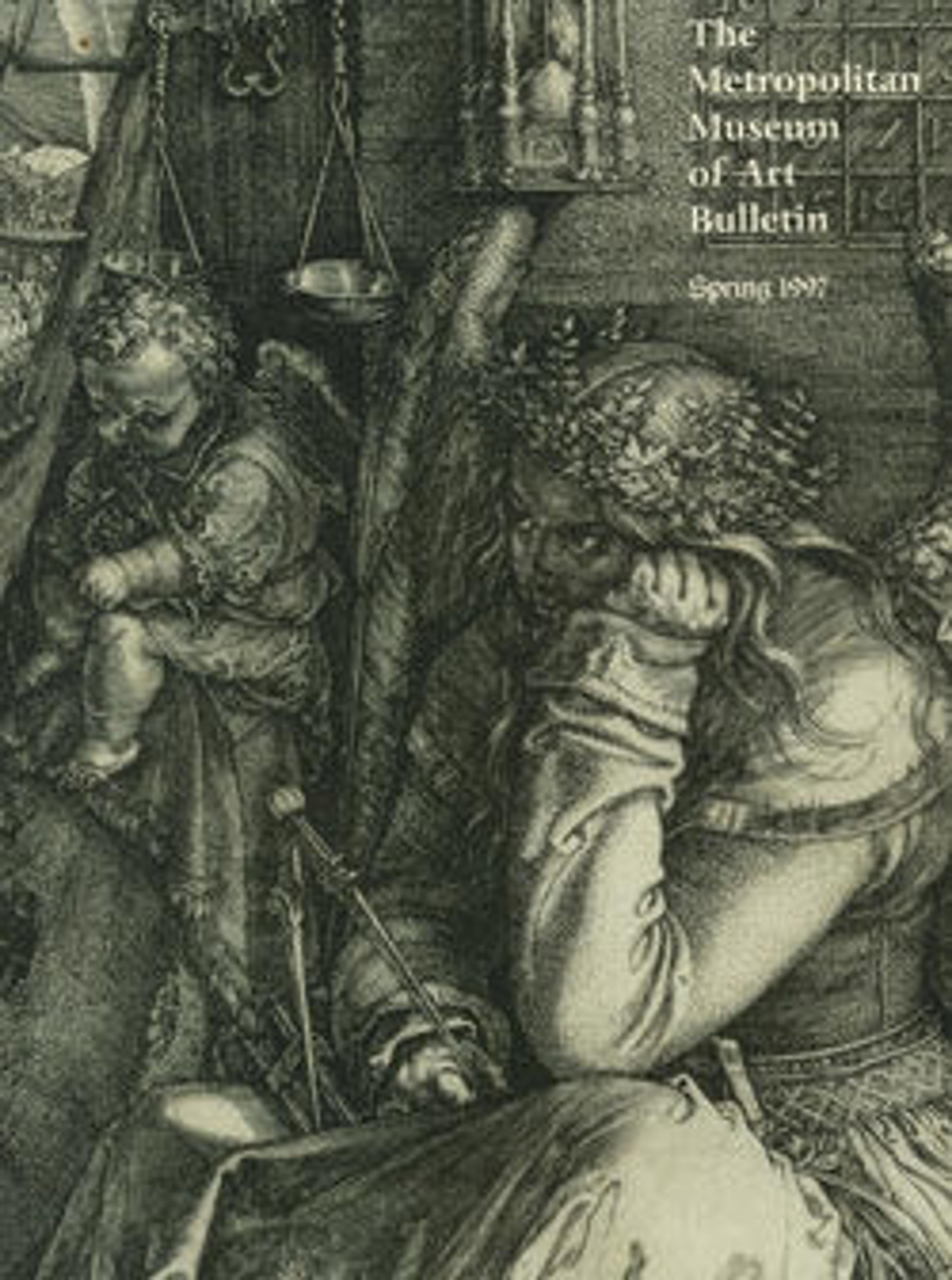The Conversion of St. Paul
In a tiny vignette in the left background, Lucas depicted the dramatic moment when Saul of Tarsus (Saint Paul), on a journey to Damascus to arrest the followers of Christ, is confronted by God, who strikes him blind. In this extraordinary print, the artist chose to focus on a less traditional but more emotionally poignant and human aspect of the story. Saul, now blind, is shown in the foreground, his head bowed as he continues on his way to Damascus, helplessly leaning against his companions for guidance.
The busy horizontal procession, in front of a peculiar rocky outcropping and under a partially defined sky, full of exotic gesticulating figures who animatedly discuss the event, indicates Lucas' familiarity with Martin Schongauer's engraving Christ Carrying the Cross (35.27). Yet, in contrast to Schongauer's work of about three decades earlier, Lucas invites viewers into the composition rather than confronting them with it. In addition, his style is marked by a shallow engraving line, which, when printed, produces an overall soft, atmospheric, and flowing tone.
The busy horizontal procession, in front of a peculiar rocky outcropping and under a partially defined sky, full of exotic gesticulating figures who animatedly discuss the event, indicates Lucas' familiarity with Martin Schongauer's engraving Christ Carrying the Cross (35.27). Yet, in contrast to Schongauer's work of about three decades earlier, Lucas invites viewers into the composition rather than confronting them with it. In addition, his style is marked by a shallow engraving line, which, when printed, produces an overall soft, atmospheric, and flowing tone.
Artwork Details
- Title: The Conversion of St. Paul
- Artist: Lucas van Leyden (Netherlandish, Leiden ca. 1494–1533 Leiden)
- Date: 1509
- Medium: Engraving
- Dimensions: Sheet: 11 1/8 in. × 16 in. (28.3 × 40.7 cm)
- Classification: Prints
- Credit Line: Harris Brisbane Dick Fund, 1934
- Object Number: 34.94.4
- Curatorial Department: Drawings and Prints
More Artwork
Research Resources
The Met provides unparalleled resources for research and welcomes an international community of students and scholars. The Met's Open Access API is where creators and researchers can connect to the The Met collection. Open Access data and public domain images are available for unrestricted commercial and noncommercial use without permission or fee.
To request images under copyright and other restrictions, please use this Image Request form.
Feedback
We continue to research and examine historical and cultural context for objects in The Met collection. If you have comments or questions about this object record, please complete and submit this form. The Museum looks forward to receiving your comments.
